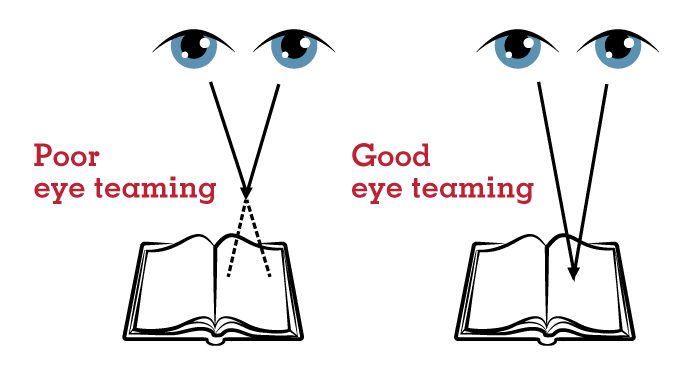Some professionals approximate that 25 % of school-aged young people have vision troubles.
Based on accepted ophthalmologist standards, all children should have their eyes examined at 6 months of age and annually after that. Young people without vision problems or risk factors for vision problems still need an eye examination once a year throughout school.
Youngsters with existing vision troubles or risk factors need to have their eyes inspected much more frequently. Young people who wear glasses or contact lenses need to have their eyes analyzed at least every year or according to their eye doctor’s instructions
We recommend, infants should have their first comprehensive eye exam at 6 months of age. Children then should receive annual eye examination.
For school-aged children, we recommend an eye exam every 12 months if no vision correction is required. Children who need eyeglasses or contact lenses should be examined annually or according to their eye doctor’s recommendations
A few eye and vision problems that affect children
A few eye and vision problems that affect children
In addition to visual acuity problems, these eye problems sometimes are found in young children
Amblyopia
Also commonly called “lazy eye,” this is decreased vision in one or both eyes despite the absence of any eye health problem or damage.
Common causes of amblyopia include strabismus (see below) and a significant difference in the refractive errors of the two eyes. Treatment of amblyopia may include patching the dominant eye to strengthen the weaker eye.


Strabismus
This is misalignment of the eyes
It is often caused by a congenital defect in the positioning or strength of muscles that are attached to the eye and which control eye positioning and movement. Left untreated, strabismus can cause amblyopia in the misaligned eye. Depending on its cause and severity, surgery may be required to treat strabismus.
Convergence insufficiency
This is the inability to keep the eye comfortably aligned for reading and other near tasks.
Convergence insufficiency can often be successfully treated with vision therapy, a specific program of eye exercises.


Focusing problems
Also commonly known as accommodation problems
Children with focusing problems may have trouble changing focus from distance to near and back again (accommodative infacility) or have problems maintaining adequate focus for reading (accommodative insufficiency). These problems can often be successfully treated with vision therapy.
Eye teaming problems
Many eye teaming (binocularity) problems are more subtle than strabismus.
Deficiencies in eye teaming skills can cause problems with depth perception and coordination.



